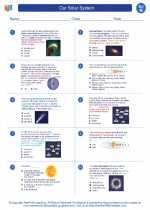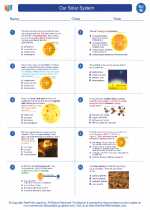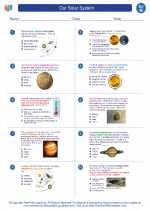Our Solar System -> electric motors
Electric Motors
Electric motors are devices that convert electrical energy into mechanical energy. They are used in a wide range of applications, from household appliances to industrial machinery. Understanding how electric motors work is a key part of understanding the role of electromagnetism in modern technology.
How Electric Motors Work
Electric motors operate on the principle of electromagnetic induction. When an electric current flows through a wire, it creates a magnetic field around the wire. In an electric motor, this magnetic field interacts with other magnetic fields to produce a mechanical force that causes motion.
Key Components
- Stator: The stationary part of the motor that contains the coils of wire through which the electric current flows.
- Rotor: The rotating part of the motor that is subjected to the magnetic forces and is attached to the output shaft.
- Commutator (in some motors): A device that helps to reverse the direction of the current in the rotor, ensuring continuous rotation.
Types of Electric Motors
There are several types of electric motors, including:
- DC Motors: These motors operate using direct current and are commonly found in household appliances, such as fans and power tools.
- AC Motors: These motors operate using alternating current and are commonly used in industrial machinery and HVAC systems.
- Brushless DC Motors: These motors do not have a commutator and are known for their efficiency and durability.
- Stepper Motors: These motors move in precise increments and are often used in robotics and CNC machines.
Study Guide for Electric Motors
When studying electric motors, it's important to understand the following concepts:
Principles of Electromagnetism
Electric motors rely on the interaction of magnetic fields, so understanding the principles of electromagnetism is crucial. This includes concepts such as magnetic fields, electromagnetic induction, and the right-hand rule for the direction of magnetic fields.
Components and Functionality
Be able to identify and explain the function of the key components of an electric motor, including the stator, rotor, and commutator. Understand how these components work together to produce mechanical motion.
Types and Applications
Know the differences between DC motors, AC motors, brushless DC motors, and stepper motors. Understand their respective applications and advantages, as well as any limitations or drawbacks.
By mastering these concepts, you will have a solid understanding of electric motors and their role in modern technology.
.◂Science Worksheets and Study Guides Eighth Grade. Our Solar System

 Worksheet/Answer key
Worksheet/Answer key
 Worksheet/Answer key
Worksheet/Answer key
